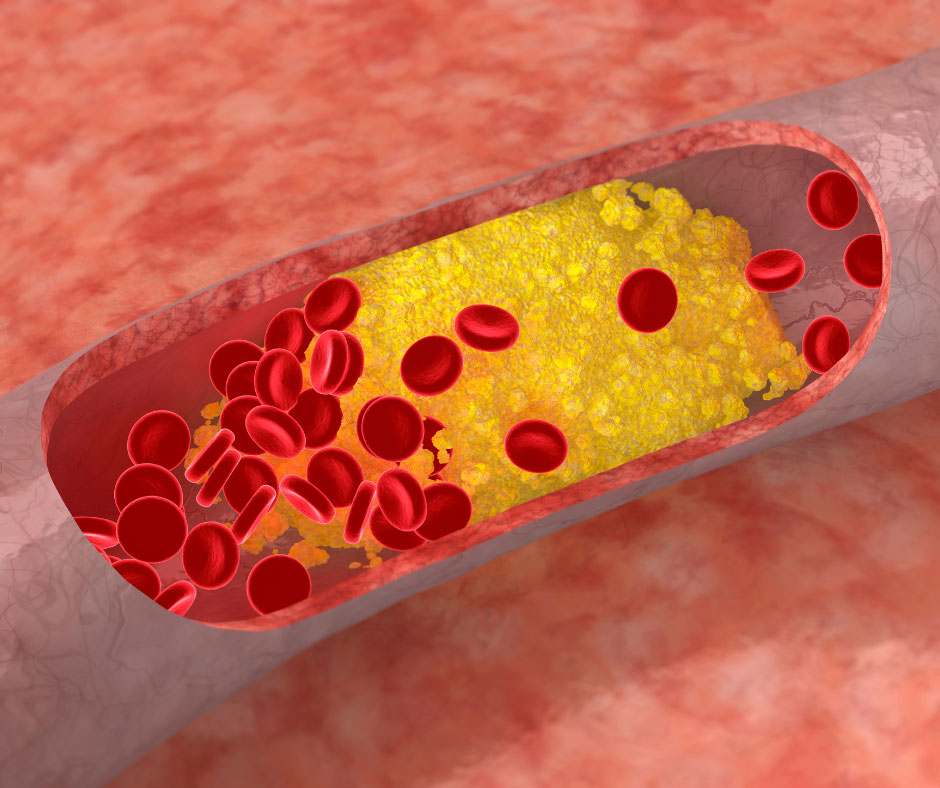Summer is almost here which means one thing: VACATION! For a lot of us, vacation means traveling. Just thinking about planning a trip can be overwhelming. Whether you are living with a heart condition or just attempting to lead a preventative lifestyle, traveling with your heart health in mind doesn’t need to feel intimidating. In fact, traveling has been proven to decrease your risk of heart disease! Set yourself up for success so you can rest and recuperate to your heart’s desire. Here are some tips for flying with a heart healthy mindset:
- Keep your doctor informed. Make sure you check with your physician before you travel to ensure your health is stable. Refill medications, discuss emergency plans, and express any worries that you might have. Chances are, your doctor might know physicians or reputable heart institutes in your destination if help is needed.
- BYOS! Bring your own snacks! Pack cut up veggies, unsalted nuts, seeds, and fresh fruit with you for the trip. You won’t fall victim to tempting airport snack stands and you will be more in touch the ingredients you are consuming. About 70% of the sodium in the typical American diet comes from commercially processed and restaurant foods. Break the mold and take control of the sodium, sugar, and fat you consume by preparing your own snacks.
- Curb your booze intake. The average American woman should only consume 1 alcoholic beverage per day and the average American man should not consume more than 2. If you enjoy a cocktail while you’re waiting for your plane, taking the off the edge of the flight, or relaxing while you’re out, be sure to chase that drink with another—water! It is recommended that we drink at least 8 ounces of water for every hour we are in the air. Make sure you drink at least 2 glasses of water for every 1 alcoholic beverage you consume. Drinking alcohol can lead to high blood pressure. And let’s not forget that alcohol has calories! If you’re watching your weight, include the calories in your drink in your daily goals. That goes for sugary drinks and cocktail mixes as well.
- Keep necessities close by. Treat your carry-on like an “in case of emergency” kit. Keep your medications and your doctor’s phone number in an easy to reach spot. Some medications are restricted in certain countries so it is wise to keep a copy of your prescriptions with you in case you need to provide proof that they are intended for your personal use. Carry a document with you that explains your health condition and keep it with your medications. Worried about an issue on the plane? To prepare for these situations, the U.S. Federal Aviation Administration mandates that an AED be on any aircraft that can carry 30 or more passengers. Flight attendants are trained in AED operation and CPR. There is no such thing as being too careful. Preparation is key!
- Take an aisle seat! When we are seated for long stretches of time, the blood in our body moves away from our heart and pools in our legs and feet. In order to keep your blood pumping and prevent clots, snag an aisle seat! When it is safe, stand and walk the length of the plane. Try to keep your carry-on in your overhead compartment to give yourself extra leg room. You can even wear compression stockings to encourage blood flow throughout your body.
When we travel, it’s easy to get overwhelmed by everything we need to bring, everything we want to do, everyone we want to see. But don’t forget, the best part of travel is that we get to sit back and RELAX. Yes, it can be stressful—But allow yourself to treat the flight like the first part of your vacation. Wear loose, comfortable clothing. Read a book, listen to music or a podcast, watch a movie, finish that cross stitch you’ve been putting off for months. Utilize your time in the air and kick off your vacation early!
References:
Aerospace Medical Association: https://www.asma.org/asma/media/asma/Travel-Publications/HEALTH-TIPS-FOR-AIRLINE-TRAVEL-Trifold-2013.pdf
The American Heart Association: https://www.heart.org/en/healthy-living/healthy-eating/eat-smart/nutrition-basics/processed-foods
Business Insider: https://www.businessinsider.com/plane-emergency-flight-attendants-training-2018-4
The Cleveland Clinic: https://health.clevelandclinic.org/dehydration-exhaustion-and-gas-what-flying-on-an-airplane-does-to-your-body/
Harvard Health Publishing: https://www.health.harvard.edu/staying-healthy/boosting-circulation-with-compression-stockings
The New York Times: https://www.nytimes.com/2008/06/07/business/yourmoney/07shortcuts.html?_r=3&adxnnl=1&oref=slogin&adxnnlx=1213030992-IVQqlabSa5SqAn48KuSOHg&









